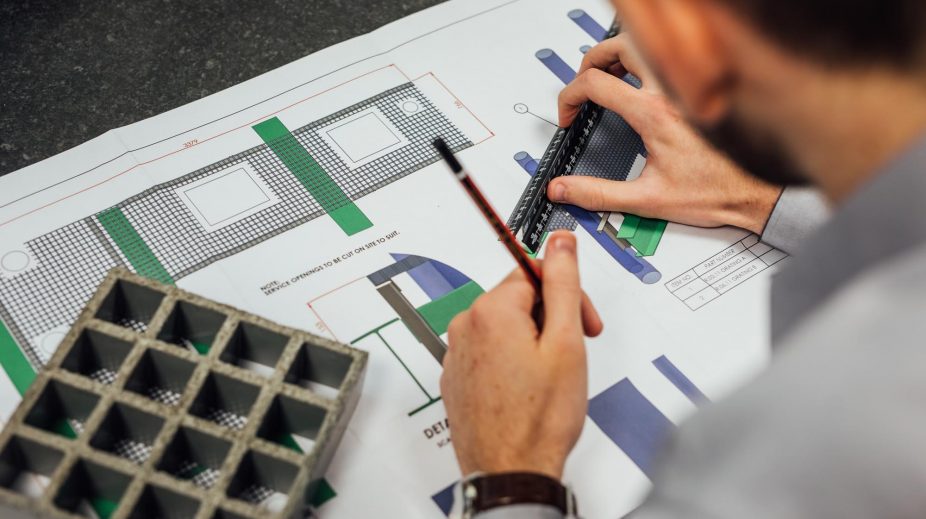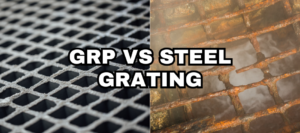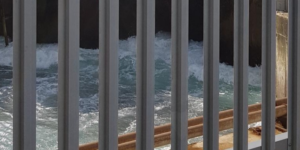It is well documented that the manufacturing and production of traditional materials such as steel currently creates a multitude of environmental concerns.
In the metal industry, the volume of greenhouse gas emissions, water contaminants, and energy consumed during production are all major contributors to global warming. The environmental impact of its production is enormous, yet the world produces about 1800 million tons of it each year.
On the other hand, the manufacturing process of GRP is very different.
Whilst the production of metals such as steel and aluminium creates harmful by-products, the pultrusion of GRP is typically an exothermic process. It gives off heat, using very little energy and reducing the amount of water needed for cooling processes.
The process also produces fewer greenhouse gases and toxic emissions. GRP production uses approximately 75% less energy and only produces 1/3 of the amount of CO2 produced when compared to steel.
Have a look at our video that shows just some of the Carbon benefits of GRP Vs Steel.





